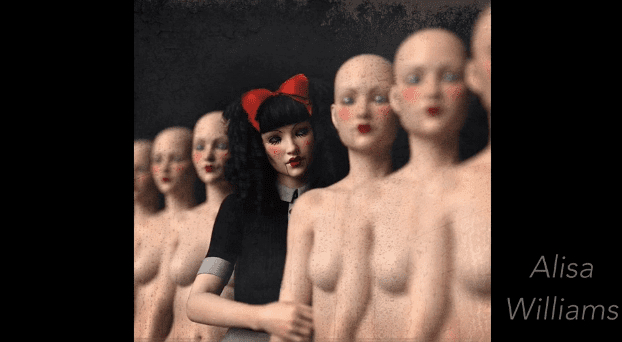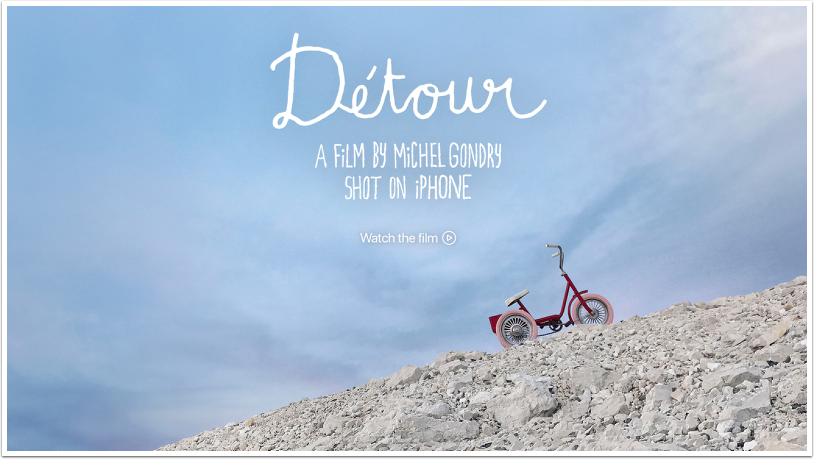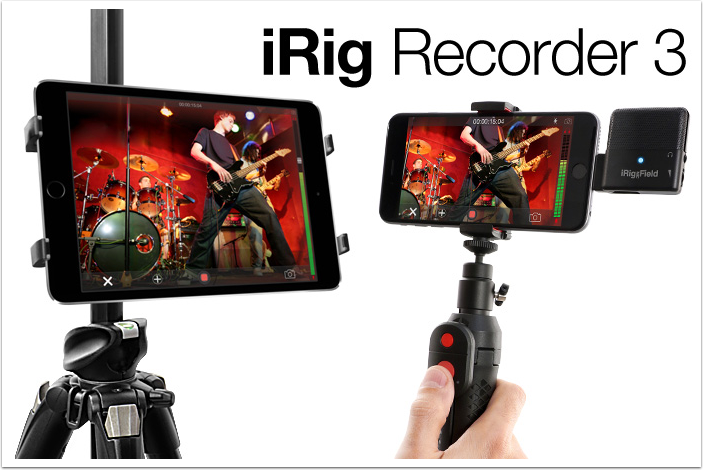Top Tips – Professional Portraiture With Your Smartphone
We are delighted to publish this interesting article by our Tech Editor, Martin Duerr. This is a thorough article full of tips to help you capture professional portraiture with your smartphone. We have published some great articles by Duerr in the past, all featuring ways to help you improve your mobile photography – if you have missed those, please go here. I think you will enjoy this very much…
“In the 1990’s it was unheard of to take mobile phone images, or even for the concept to exist. Camera development is in part, driven by mobile photography. Last week Leica, the German lens and camera manufacturer, well known for their high-end products announced a collaboration with Huawei.
Compared to “traditional“ cameras (those with mirrors and without) phones have one huge drawback that especially affects portraiture photography. All phones use a fixed wide angle lens (with the iPhone the equivalent would be a 35mm lens on a full frame camera). While today there is a trend for photographers to shoot using 35 mm lenses … often it is too wide angled.
One last word before we discuss the basics: it is important to remember that the zoom on your iPhone is a digital zoom not an optical zoom. Therefore, you will see a deterioration in quality if you shoot using it”.
Preparing Your Shoot
You may tell me that you will only need your phone. Right? Everything else? No! Why? Wrong! You will definitely need other things too to get it done right. Simply that easy.
As with every professional portrait shoot, you need to have some preparation before you start your shooting. It doesn’t matter if you just want to take an image of your grandmother, an artist or a beautiful model! Don’t think any other rules apply, if you shoot with your phone. It is a camera and so there is no difference to using any other professional equipment.
Photography is mostly a combination of creativity and communication. No, not the communication between you and your phone, the communication between yourself and the model. The model needs to feel comfortable, we are not on a street photography mission where time is money. If possible take your time and try to avoid any disturbance during the shooting.
The person you will take a portrait of needs to have confidence in you and your work. The phone itself is small and it could be said, does not give a very professional appearance. So you need to “build“ a comfort area, where you and your model feel relaxed enough to get the best results.
We have to talk about light, but we will do that later in “Light! It is all about light!“
Image ©Martin Duerr


Know Your Tools!
If you’re a professional shooter, then I don’t have to tell you that you need to “know your tools“ as this something you need to know without thinking about it.
So please don’t start with photographic apps that won’t allow you a manual setup, or at least the correct evaluating of focus and exposure. For the iPhone, for example, use apps like 645Pro, NightCap Pro (don’t be confused by that name), or VSCO Cam to name a few. If you like to shoot directly in black and white you may wish to use MPro, Hueless or Provoke.
I would strongly recommend the use of an app that allows you to adjust the ISO. In this respect, the App NightCap Pro is very intuitive.
Why this is so important? The iPhone for example determines the amount of light for the exposure and when it is too dark, the camera automatically raises the ISO settings (without telling you). This means the end result will be very noisey images.
I only use my Nokia 1020 (or the 808) for talking images, not for editing. With both cameras you have a bunch of parameters at your fingertips, which won’t make a separate app necessary.
I then transfer the images via dropbox to my iPhone or iPad for further editing.
In addition, I would recommend using a tripod if you really want to have low light in your scenery. If you have a chance to go down to ISO 100, this would result in a longer exposure time and here a tripod comes in handy. I’m using a Manfrotto lightweight tripod. This one has a removable plate for use with more than one device. Simply release and switch it. On top I’m using a Shoulderpod adapter which is adjustable for almost any mobile phone.
Image ©Martin Duerr

But knowing your tools does not end just with holding the camera and handling the app well. There are two other zones where you should act like a pro too:
The first is: Art work. You should be familiar with the “rule of thirds“ and other general design elements to build up your picture. Ever heard of “negative space“, “complementary colour”, “face ism index”? No? Okay here are two books which are a good guide for beginners and professionals … although their main focus is not photography.
Joseph V. Mascelli: “The Five C’s Of Cinematography“
Marcos Mateu-Mestre: “Framed Ink“
With those books you get a cornucopia full to the brim with information about framing your image and getting the right attention to the content.
Last section is the editing of the portraits. Feel free to edit them with tools of the trade that you like to give them an artistic look but if you want to fine tune face parameters, like skin smooting or editing blemishes you need something different. A good place to start are tools like facetune, YouCam Perfect or YouCam Makeup. They all have a good face recognition and allow a variety of predefined and manual adjustments to the image. Of course there are a lot of other professional tools available like TouchRetouch or Snapseed. The image below has been edited with YouCam Perfect and Mextures.
Image ©Martin Duerr



Light! It is all about light!
Before you ask: No, we don’t want to start with some weird setups to get the mobile phone working with your studio flash equipment, we want to take advantage of continuous lighting, like a ring light, the sun or any other light that is no flash. Why? The iPhone (or any other phone) has the advantage of WYSIWYG, or in other words, you will see exactly the image as you capture it. This will help you to fine tune the look you want to achieve, as well as the composition of the image. It is much easier to correct the pose of the model or adjust the position, angle and intensity of the light.
For my studio work I often use 3 typical light sources in conjunction with my phones.
The ringlight: this gives you the equally lit faces with nice ring reflections in the iris of the person you shoot. With that light it is hard to use a tripod, but if the scenery is bright enough so you can lower down the ISO settings (if possible).
There are different ring lights available. Types with only one huge ring where you can independently move the camera inside and types like I use with a very narrow opening, but the three shiftable ring-lights. The image below has been shot with that light and the Nokia 1020 (including steps from start to finish).
Image ©Martin Duerr


LED Light Panels
LED light panels are now everywhere, nowadays with fixed or adjustable colour temperature settings and in every imaginable size. Two lightpanels will give you enough power to setup perfectly lit headshots. Really easy to handle, but not the cheapest solution. There are some construction site lights available which simulate daylight. They are much cheaper, but it is not possible to dim the intensity.
Image ©Martin Duerr

LED Light Torch
The best description would be, this is the opposite of the LED panel. Some of those lights have an adjustable light cone which helps create different light settings, but in general you get a very narrow, concentrated light, often used to simulate vintage film looks. I would recommend using it together with a styrofoam panel or V-Flat to get some bouncing lights that fill the shadows.
The image below has been edited with Snapseed.
Image ©Martin Duerr

Available Light
If you are outside try to use the available light (sun / diffused light) together with some bouncing light techniques. If you don’t own a white or silver reflector bring in a styrofoam panel or something similar. As we don’t want to shoot with the sun behind our subject (due to very bad lens flare produced by the phones lens). Position your model into an area that is partially shaded (penumbra). This normally gives you a nice and not too harsh lit portrait, you can now add the reflector to bounce some light onto the models face. This gives you a more fashionable look. You need to experiment with different surfaces (silver, gold, white) and the distance to get the look you are after.
Image ©Martin Duerr

Just do it!
Try not to think too much about how to start and what to do … just do it! But one tip: Don’t mess with your professional equipment if available. Just use the phone and don’t compare during the shooting. You may become insecure about what you are doing. The main problem is that you are looking soooo professional if you have your DSLR in your hand and all the strobes and equipment. Now you only run around with a phone. You have to act respectable, any moment you are not sure what to do will transfer directly to the person you want to portrait.
Serious photography is not about hardware and technique, it’s about social competence. If you are into people or portrait photography, this is mandatory. You have do not always have days or month to build a good relationship with your client, in some cases you may only have 30 minutes.

Where to start … where to end?
If you are new to people or portrait photography start with friends, they tend to be more patient if your workflow is not super smooth and you need more practice. The more often you do it, the more self-confidence you will get. Then you can move on and start to shoot people you don’t know.
I often do such shootings at the end of a professional portrait shooting. At this point the ice has melted and the model has begun to relax and understand how I interact. In fact, there has been a model that did not wish to have such images.



One Comment
Stef LePape
Thanks so much for sharing these tips.
Beautiful portraits right here!